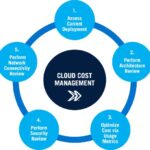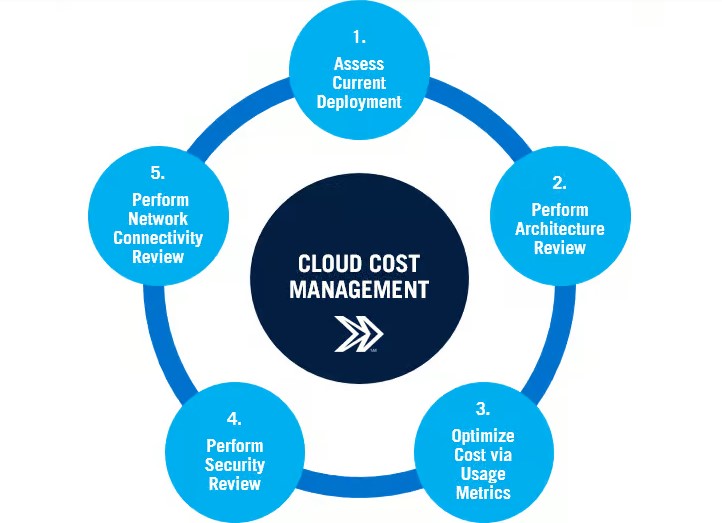From communication to healthcare, education to transportation, groundbreaking innovations are shaping the future and paving the way for a more advanced and connected world. In this article, we will explore the top 5 innovations that are revolutionizing the technological landscape and have the potential to reshape the way we live, work, and interact.
Introduction:
Technology has become an integral part of our daily lives, and its impact is only set to grow further. As we move into the future, several groundbreaking innovations are emerging, bringing about significant changes in various sectors. These innovations have the power to enhance efficiency, improve experiences, and unlock new possibilities. Let’s delve into the top 5 innovations that are reshaping the future of technology.
Artificial Intelligence and Machine Learning:
Artificial Intelligence and Machine Learning have gained immense popularity and are transforming industries across the globe. Machine Learning, a subset of AI, focuses on enabling computers to learn and make predictions from data without being explicitly programmed.
From Chabot’s providing customer support to voice assistants like Sire and Alexa, AI has already become an integral part of our lives. Machine Learning algorithms analyze vast amounts of data to identify patterns, make predictions, and automate processes. This technology has applications in diverse fields, including healthcare, finance, transportation, and entertainment.
Internet of Things:
The Internet of Things is a network of interconnected devices that communicate and share data with each other over the Internet. These devices, equipped with sensors and connectivity capabilities, can collect and exchange data, enabling them to interact with their surroundings intelligently.
IoT has the potential to revolutionize industries such as healthcare, agriculture, and smart homes. With IoT-enabled devices, doctors can remotely monitor patients’ health, farmers can optimize crop yields through precise irrigation systems, and homeowners can control and automate various aspects of their living spaces.
Blockchain Technology:
Blockchain technology has gained widespread attention for its potential to transform industries by providing secure and transparent transactions. It is a decentralized and distributed ledger system that records transactions across multiple computers. Each transaction, or block, is linked to the previous one, forming a chain of blocks.
Blockchain technology has primarily been associated with cryptocurrencies like Bitcoin. However, its applications go beyond digital currencies. It has the potential to revolutionize supply chain management, voting systems, intellectual property protection, and more. Blockchain offers enhanced security, transparency, and efficiency, eliminating the need for intermediaries in various processes.
Virtual and Augmented Reality:
Virtual Reality and Augmented Reality technologies have the power to transform the way we experience the world around us. VR immerses users in a computer-generated environment, while AR overlays digital content onto the real world.
These technologies have found applications in gaming, entertainment, education, and even healthcare. VR allows users to explore virtual worlds, visit historical sites, and experience simulated training scenarios. AR enhances our perception of reality by adding digital elements, such as information overlays or virtual objects, to the real world. This technology has the potential to revolutionize industries like retail, architecture, and tourism, providing immersive and interactive experiences.
3D Printing:
This technology has expanded beyond prototyping and is now used in various industries, including aerospace, healthcare, and automotive.
With 3D printing, complex, and customized objects can be created quickly and cost-effectively. This technology has the potential to disrupt traditional manufacturing processes by reducing waste, enabling on-demand production, and unlocking new design possibilities.
Conclusion:
The future of technology is brimming with exciting innovations that are set to transform our lives in remarkable ways. Artificial Intelligence and Machine Learning are empowering machines with human-like intelligence, while the Internet of Things is connecting devices to create a smart and interconnected world. Blockchain technology is revolutionizing trust and transparency, while Virtual and Augmented Reality are redefining our experiences. Additionally, 3D printing is reshaping manufacturing processes and enabling customized production.
Top 5 Innovations continue to advance, individuals, businesses, and governments need to embrace and adapt to the changing technological landscape. By harnessing the potential of these technologies, we can unlock new opportunities, solve complex challenges, and create a better future for all.
FAQs:
What is the significance of Artificial Intelligence (AI) and Machine Learning?
AI and Machine Learning enable machines to perform tasks that typically require human intelligence. They have applications in various sectors and can automate processes, make predictions, and enhance efficiency.
How does the Internet of Things (IoT) impact industries?
IoT enables devices to communicate and share data, leading to intelligent interactions and automation. It has applications in healthcare, agriculture, and smart homes, among others.
What is the role of blockchain technology beyond cryptocurrencies?
Blockchain technology provides secure and transparent transactions. It has applications in supply chain management, voting systems, and intellectual property protection, among others.
How do Virtual and Augmented Reality (VR/AR) enhance experiences?
VR immerses users in virtual environments, while AR overlays digital content into the real world. They have applications in gaming, education, and various industries.
What are the benefits of 3D printing?
3D printing enables the creation of complex and customized objects quickly and cost-effectively. It reduces waste, enables on-demand production, and opens up new design possibilities.










